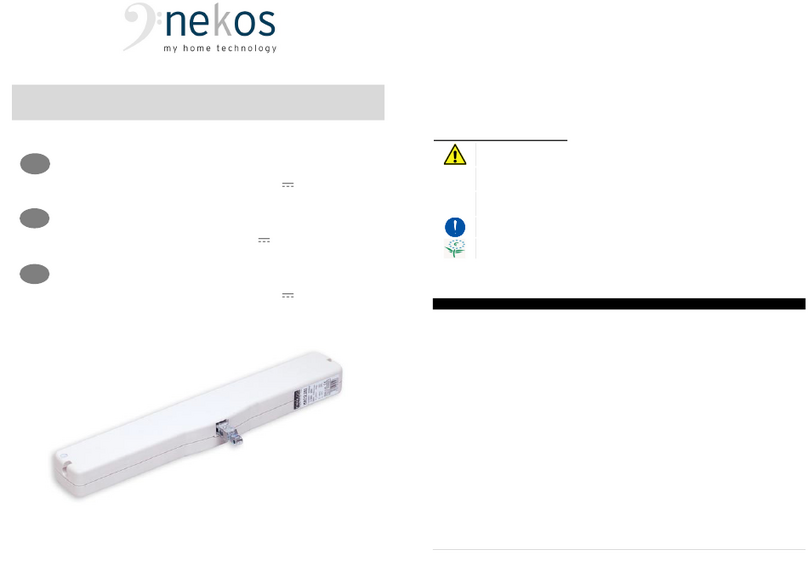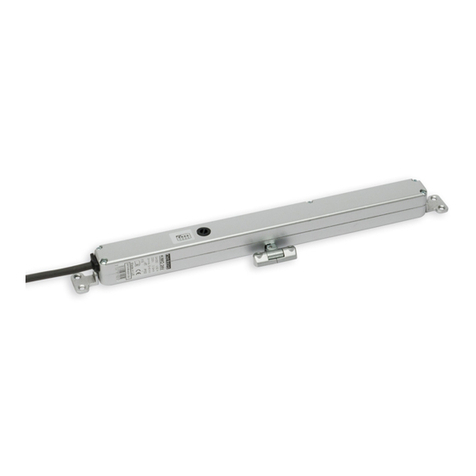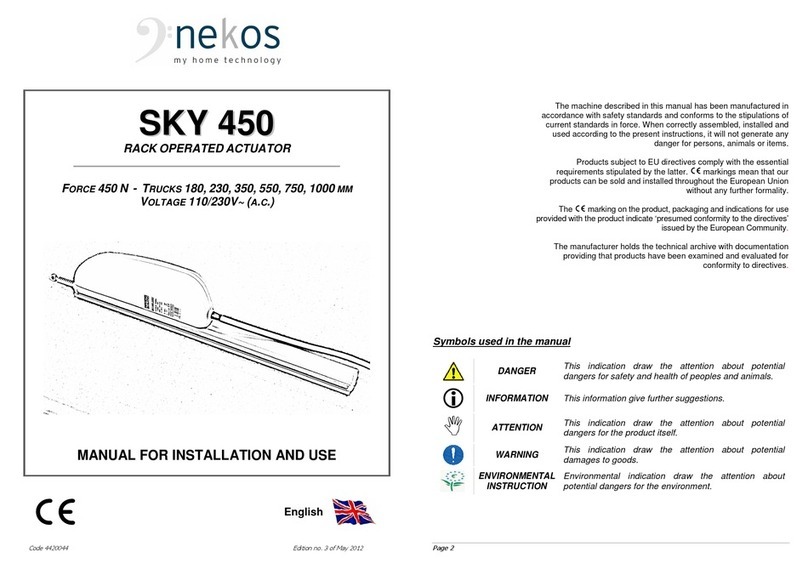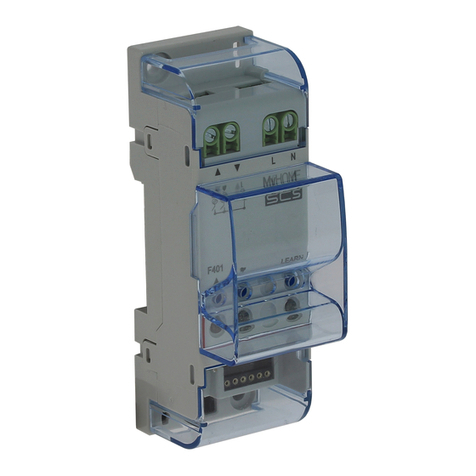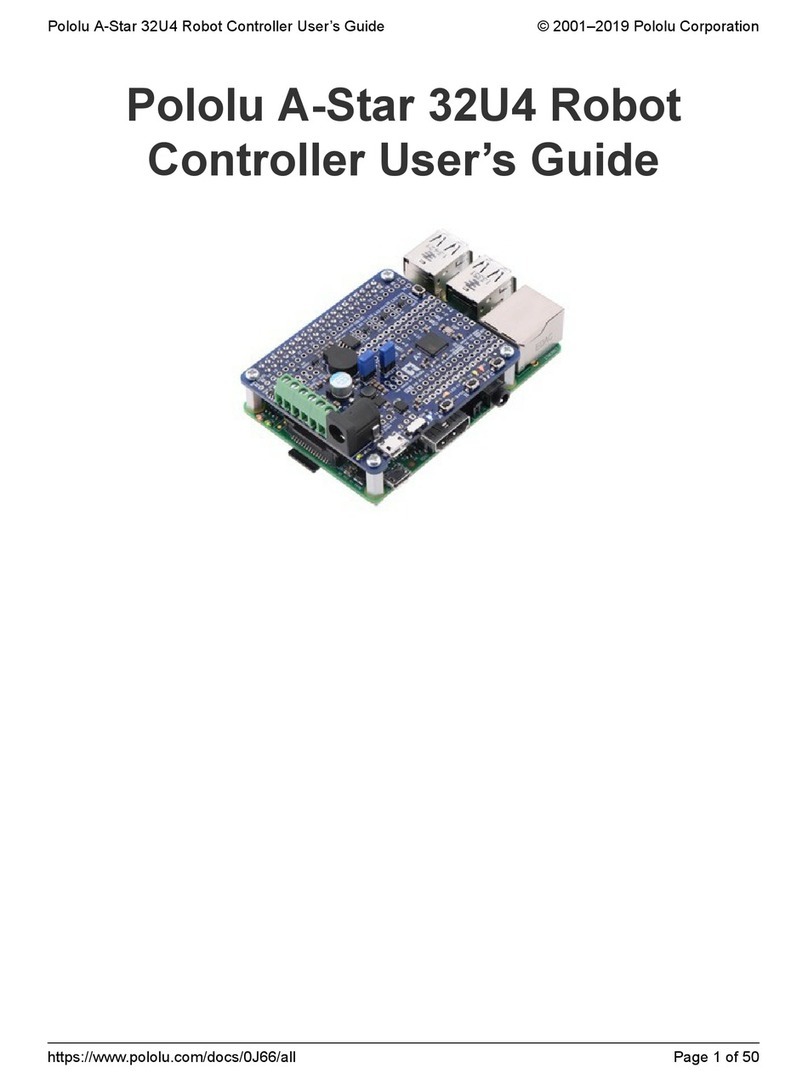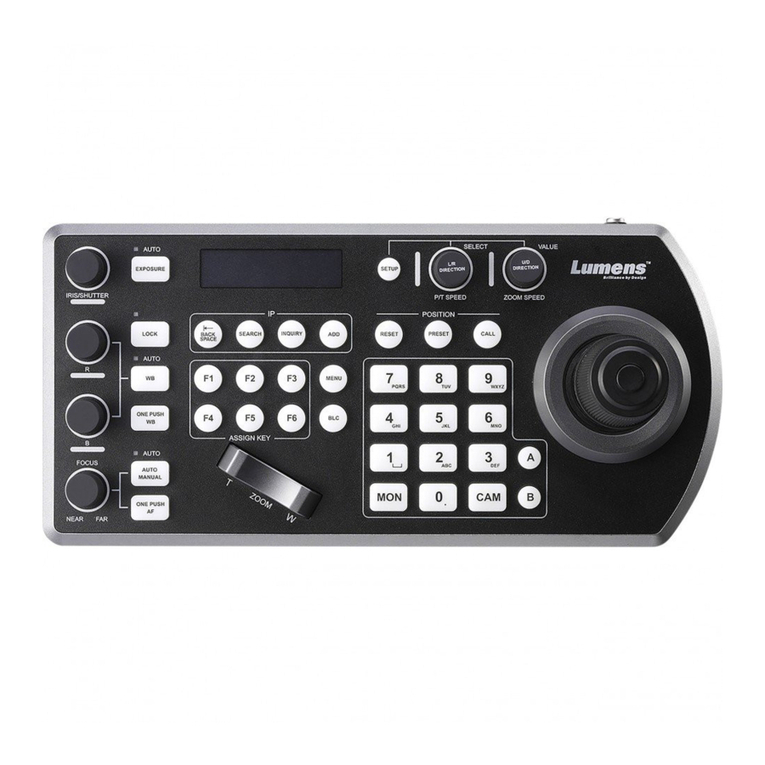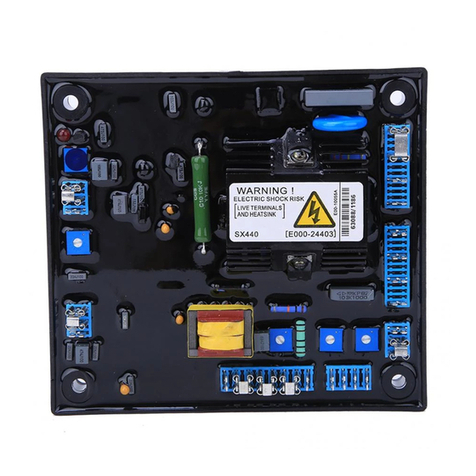nekos KATO RADIO 230V User manual




















Table of contents
Other nekos Controllers manuals
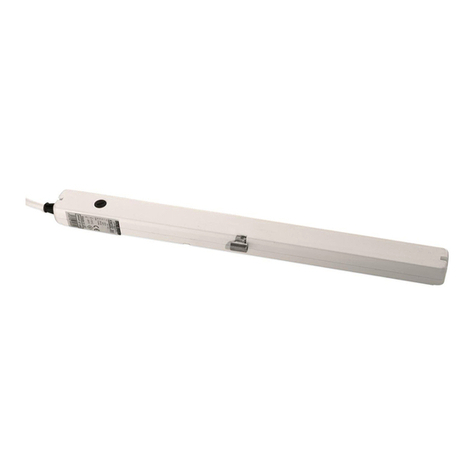
nekos
nekos KIMO 202 User manual

nekos
nekos SKY 650 User manual
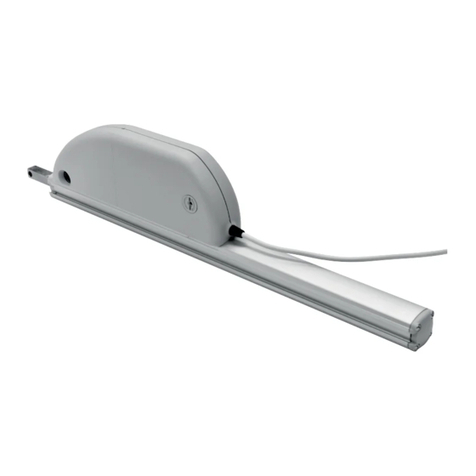
nekos
nekos SKYRO 650 User manual
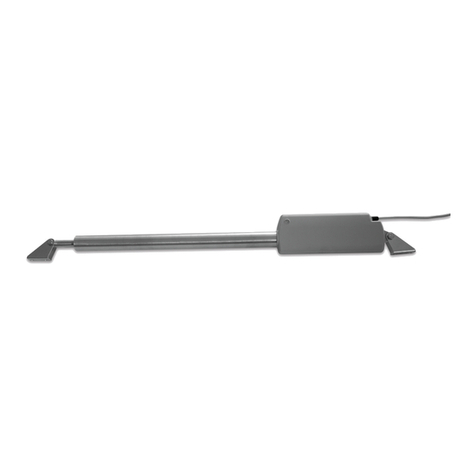
nekos
nekos ROCK 230 V User manual
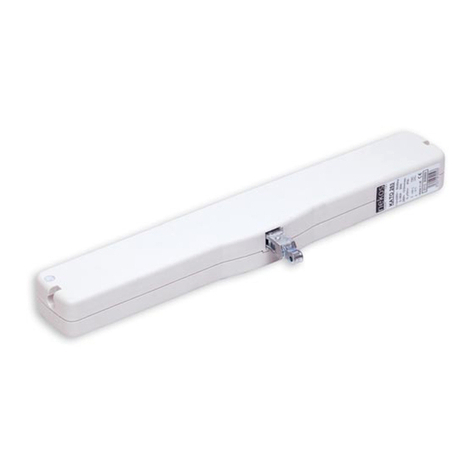
nekos
nekos KATO 253 Reference manual
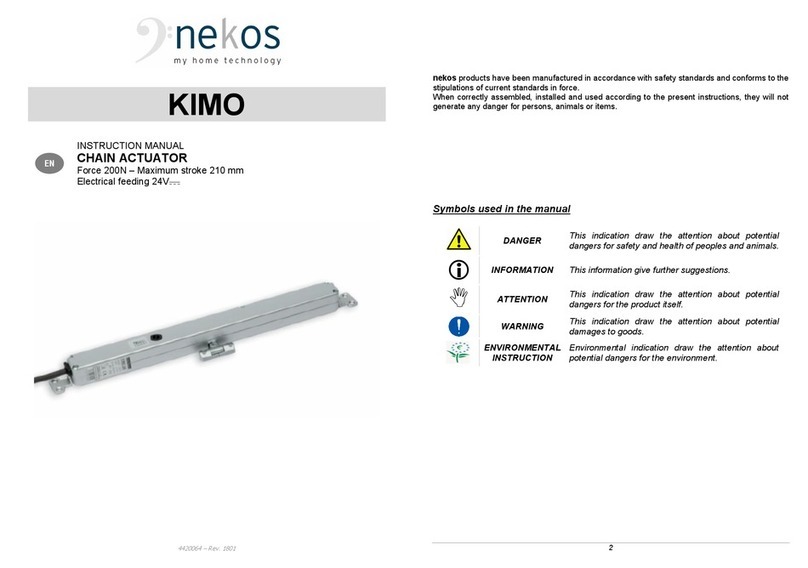
nekos
nekos KIMO User manual
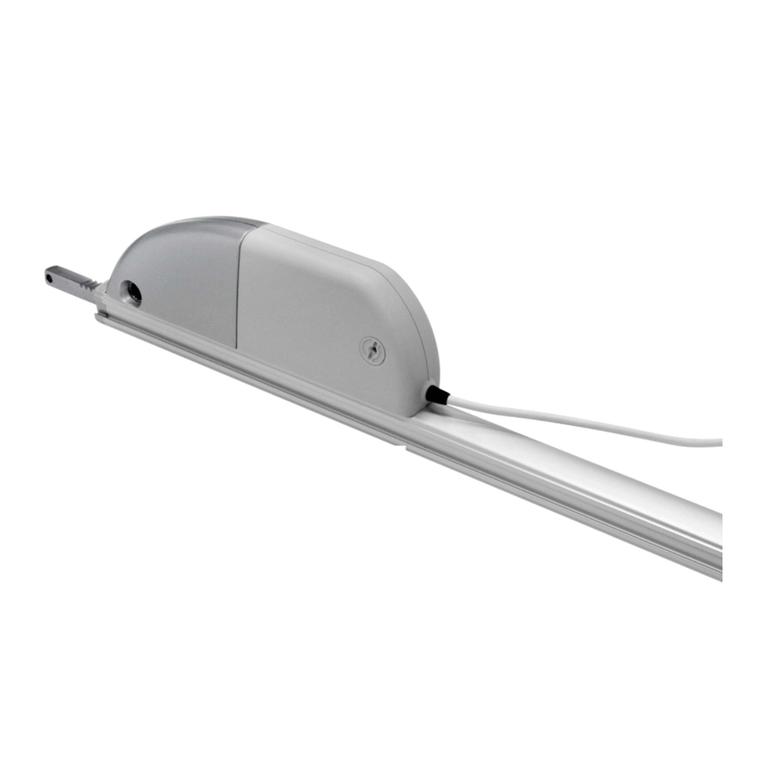
nekos
nekos SKYRO 850 User manual
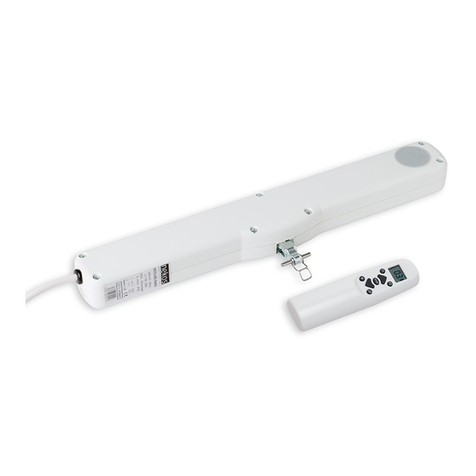
nekos
nekos KATO ADV RADIO User manual
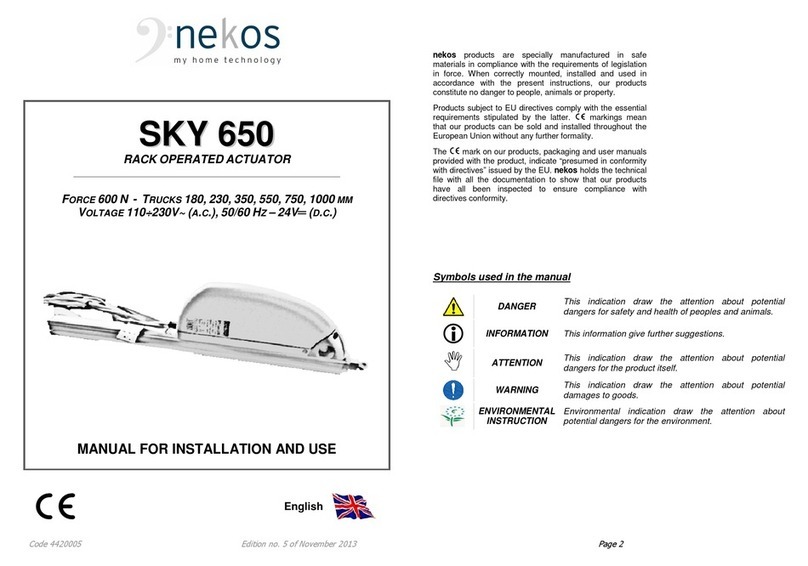
nekos
nekos SKY 650 User manual

nekos
nekos INKA 356 Series User manual
Popular Controllers manuals by other brands
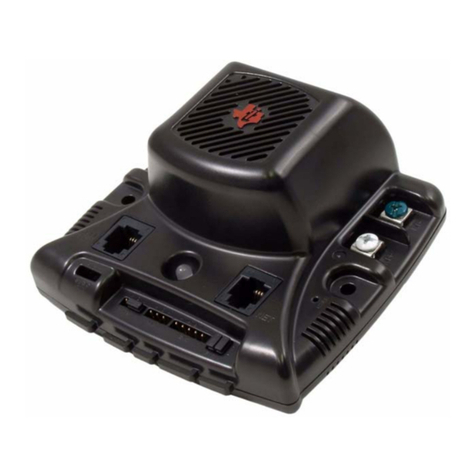
Texas Instruments
Texas Instruments Stellaris MDL-BDC24 Getting started guide
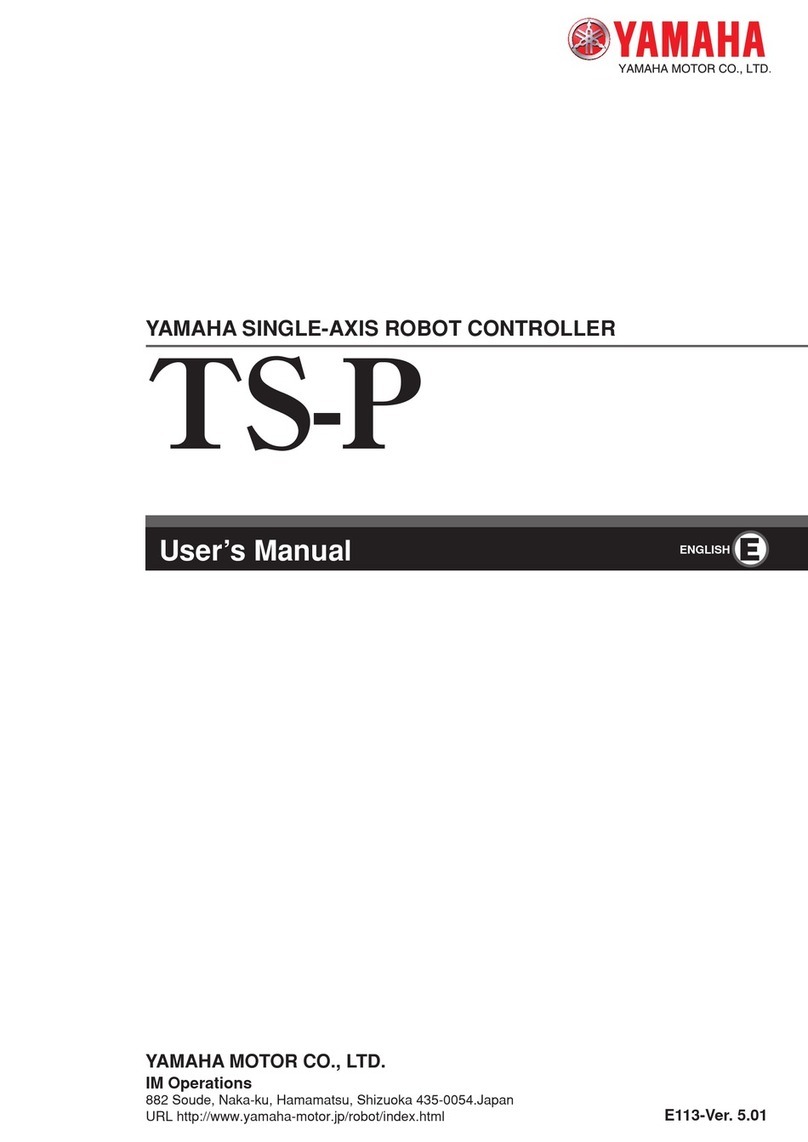
Yamaha
Yamaha TS-P user manual
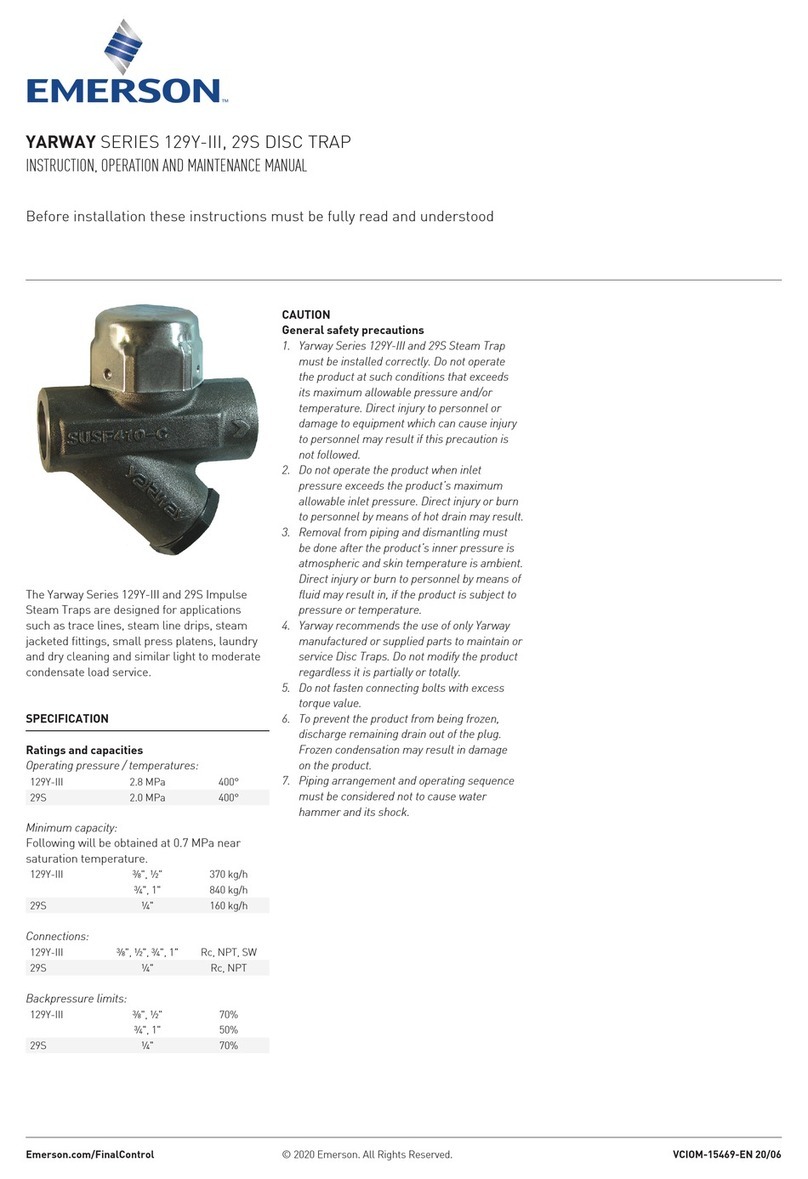
Emerson
Emerson YARWAY Series Instruction, Operation and Maintenance Manual
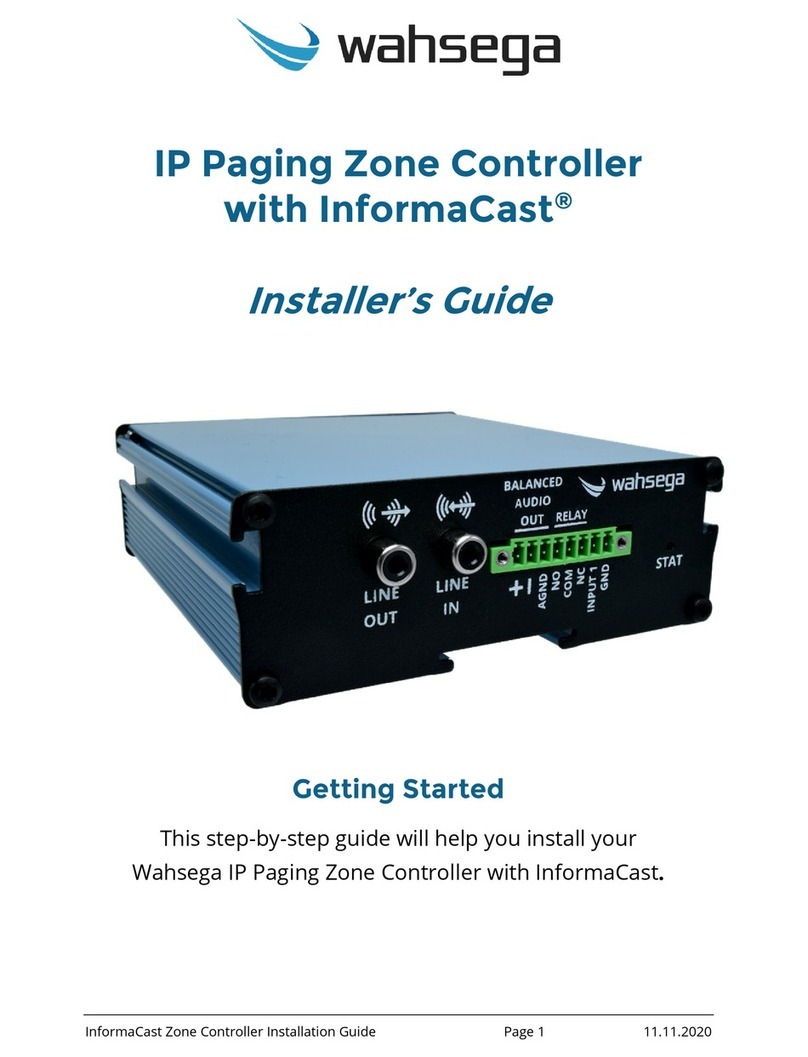
Wahsega
Wahsega WL-ZN-CTR-1CH-INF-R Installer's guide
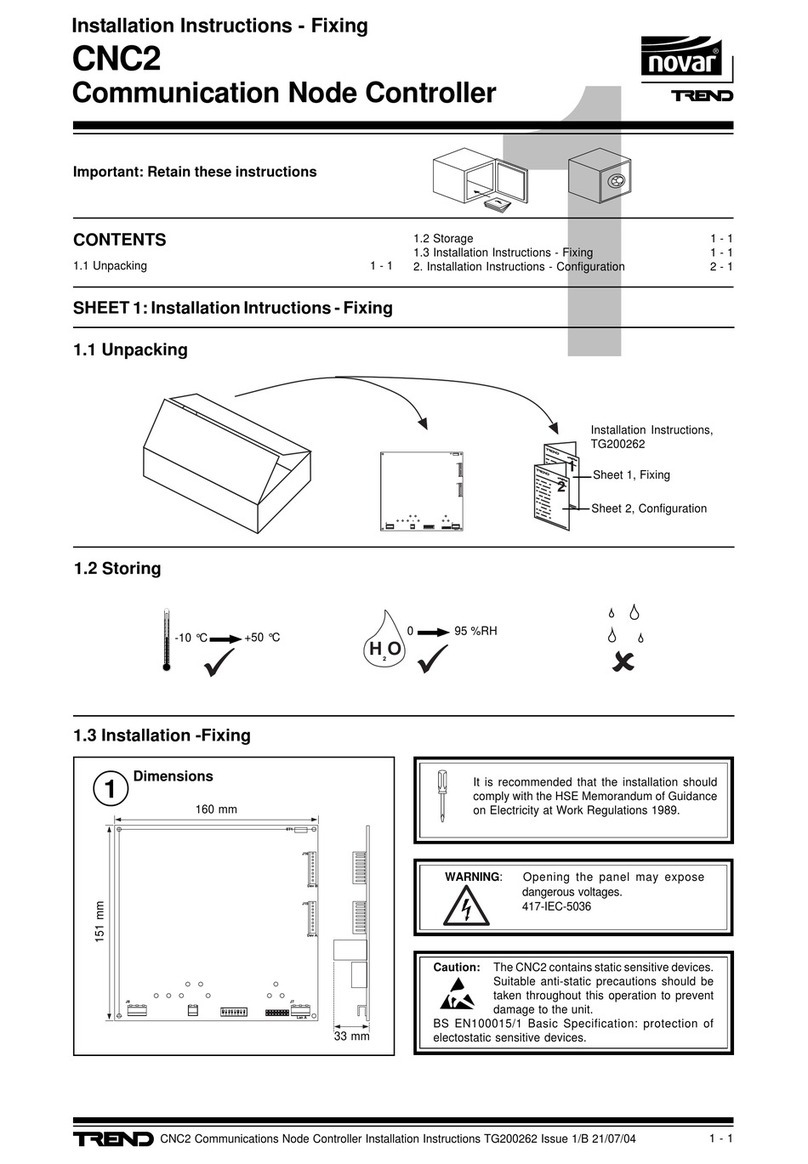
TREND
TREND CNC2 Installation Instructions - Fixing
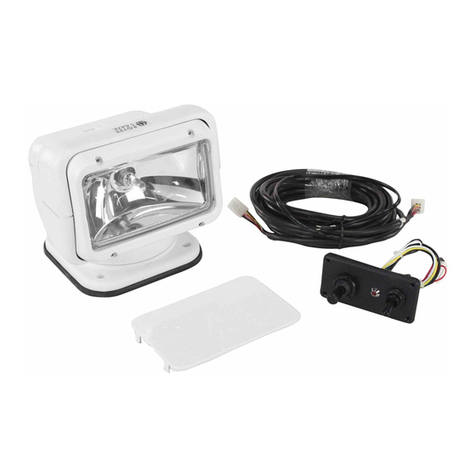
Larson Electronics
Larson Electronics Golight 2020 instruction manual
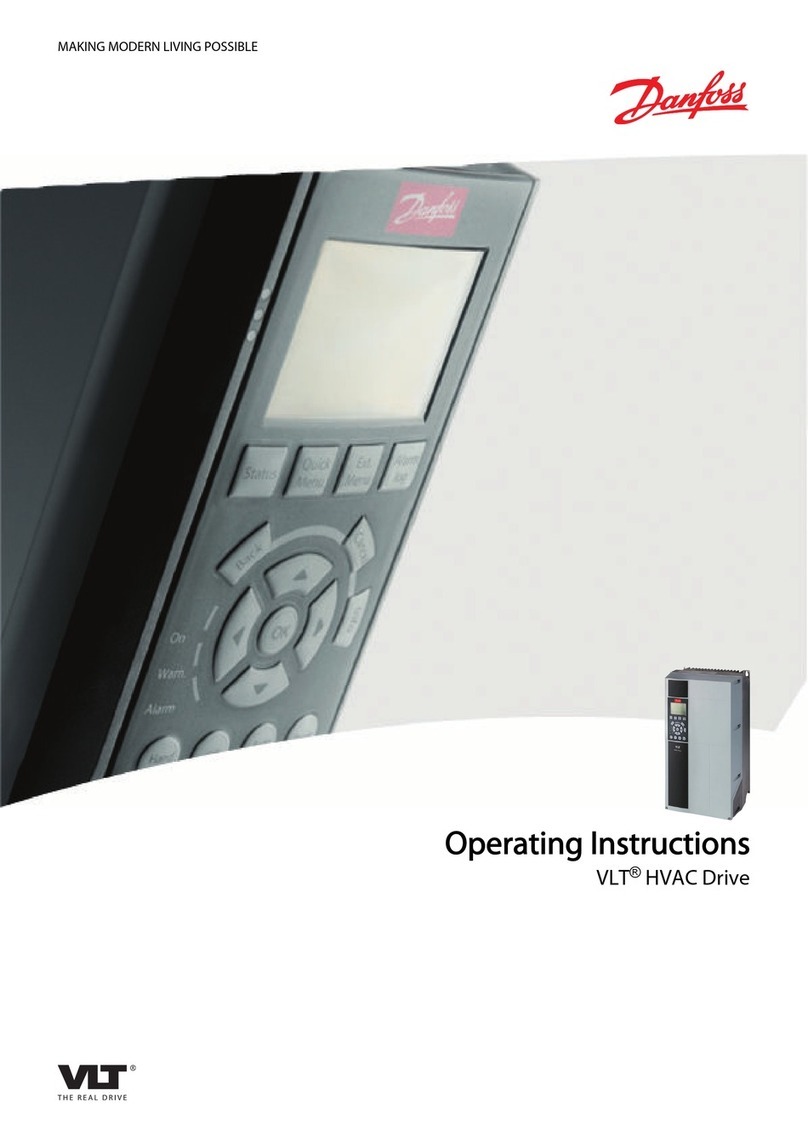
Danfoss
Danfoss VLT HVAC operating instructions

Screen Innovations
Screen Innovations LinkPro Z installation instructions
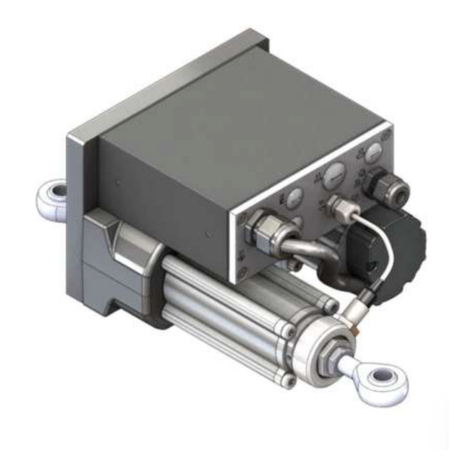
Maxcess
Maxcess GMA-BL-1-1 Installation and service manual
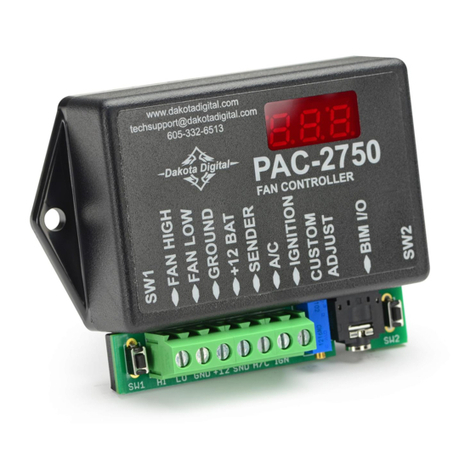
Dakota Digital
Dakota Digital PAC-2750 Installation
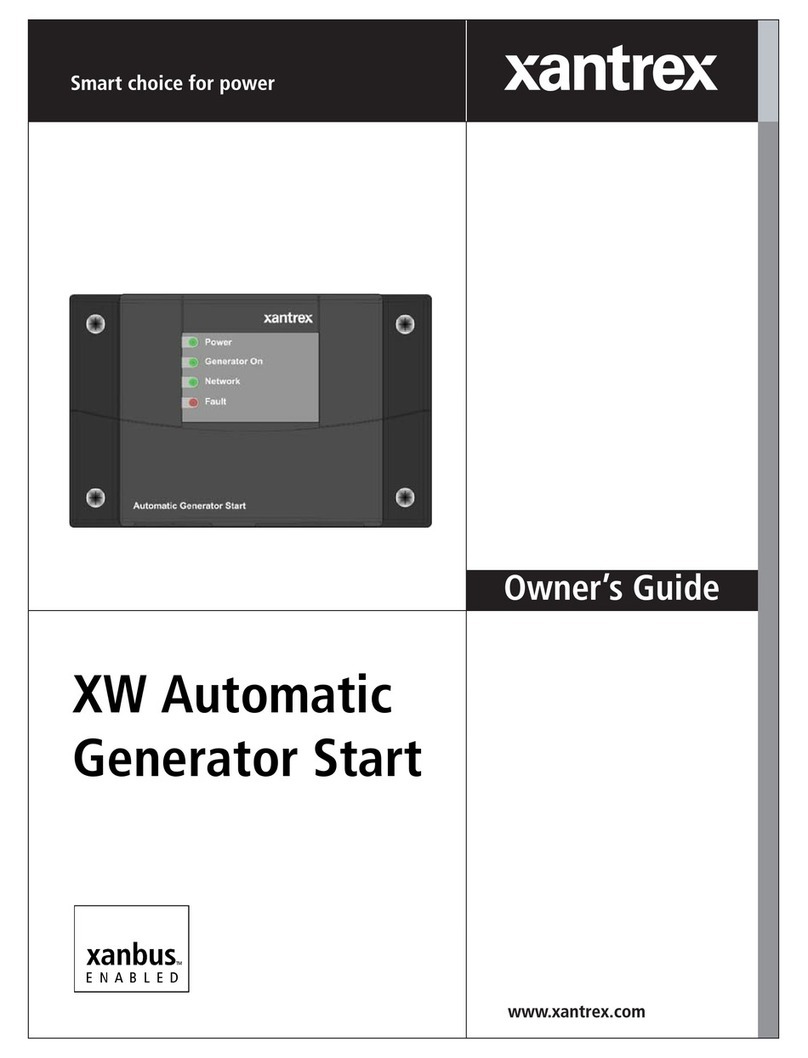
Xantrex
Xantrex XW owner's guide
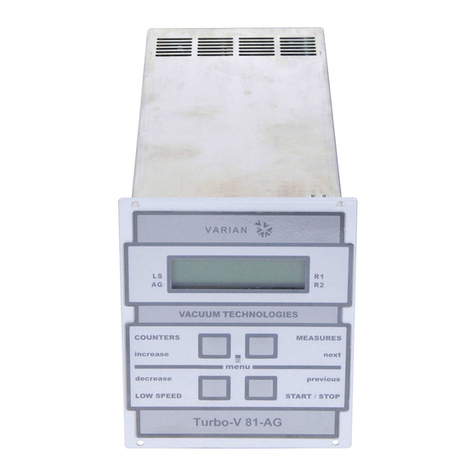
Varian
Varian Turbo-V 81-AG instruction manual
